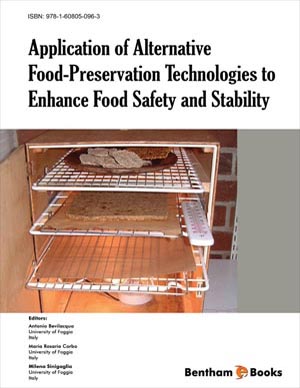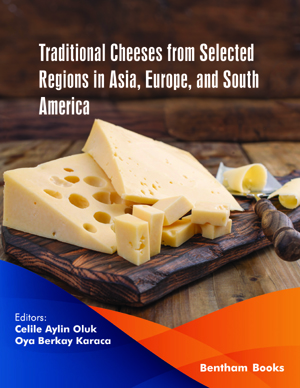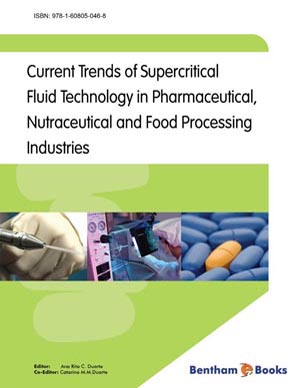Abstract
Mercury (Hg) pollution is an acknowledged major environmental problem. Considering its extreme toxicity, Hg has recently been included in the top ten list of chemicals of major public health concern according to the World Health Organization. Once released into the environment, it is transformed in aquatic ecosystems by microorganisms into the neurotoxic methylmercury. The hazardous effect is then biomagnified through the trophic/food chain. Diet is considered the main exposure pathway of Hg in humans. Therefore, safety values have been established by food safety authorities in order to protect consumers. Seafood, followed by rice, is the primary source of Hg in the human diet. A variety of analytical methodologies are available for the analysis of Hg and its species in food. This chapter presents recent advances in the determination of Hg in foodstuffs. Special attention is given to innovative Hg (species) extraction and preconcentration systems assisted by nanoparticles. Non-chromatographic approaches, as an alternative to classical chromatographic approaches used for speciation are detailed. The potential and limitations of Hg isotopic analysis in food are also discussed.
Keywords: Certified reference materials, Diet, Fish, Food, GC, HPLC, ICP-MS, Isotopic dilution analysis, Isotopic fractionation, MC-ICP-MS, Methylmercury, Mercury, Mercury species, Non-chromatographic methods, Rice, Speciation.



















